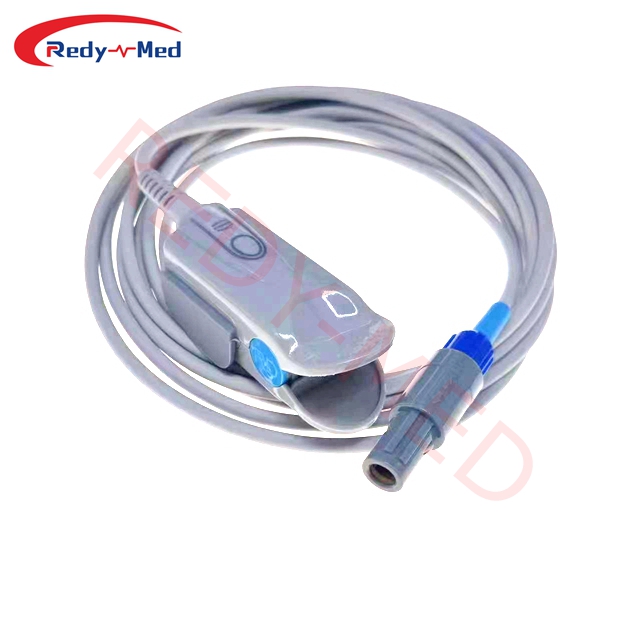
- Home > News > Industry News
How often should SpO2 sensors be calibrated or replaced?
2024-03-21 00:29:27
The importance of regular calibration and replacement

SpO2 sensors are critical medical devices used to measure the oxygen saturation levels in a patient's blood. However, over time, these sensors can become less accurate due to wear and tear, leading to incorrect readings.
1. The frequency of calibration
Calibration is the process of adjusting the sensors to ensure their accuracy. The frequency of calibration depends on various factors:
a) Manufacturer's recommendations: Always follow the guidelines provided by the sensor manufacturer. They often specify the recommended calibration intervals.
b) Usage frequency: High-frequency usage of SpO2 sensors may require more frequent calibration compared to low-frequency usage. For example, sensors used in a hospital setting may need calibration more often than those used in home healthcare.
c) Environmental conditions: Harsh environmental conditions like extreme temperature, humidity, or dust can affect the performance of SpO2 sensors. In such cases, calibration may be needed more frequently.
2. Signs that indicate the need for calibration
Even if the recommended calibration interval has not passed, there are certain signs that may indicate the need for calibration:
a) Inconsistent readings: If the sensor consistently provides inconsistent or erratic readings, it may be a sign that calibration is required.
b) Drifting baseline: If the baseline oxygen saturation level displayed by the sensor starts to shift over time without any physiological changes in the patient, calibration may be necessary.
c) Sensor damage: Any physical damage to the sensor, such as a cracked cable or loose connection, can affect its accuracy and require immediate calibration.
3. Replacing SpO2 sensors
In addition to calibration, replacing SpO2 sensors is also necessary to maintain accuracy and patient safety. Here are a few factors to consider:
a) Sensor lifespan: Each sensor has a limited lifespan specified by the manufacturer. It is crucial to replace the sensors before this lifespan expires to avoid inaccurate readings.
b) Sensor performance: If a sensor consistently fails to provide accurate readings even after calibration, it may be time to replace it.
c) Wear and tear: Regular use of sensors can cause wear and tear, leading to reduced accuracy. Replace the sensors if you notice any visible signs of damage, such as frayed cables or worn-out probes.
4. Establishing a maintenance schedule
To ensure the longevity and accuracy of SpO2 sensors, it is essential to establish a comprehensive maintenance schedule:
a) Document calibration: Keep a detailed record of each calibration session, including the date, time, and any issues encountered.
b) Regular inspection: Check the sensor's physical condition periodically. Clean it as per the manufacturer's guidelines and replace any damaged parts.
c) Monitor usage: Keep track of the frequency and duration of sensor usage. This information will help determine the appropriate calibration and replacement intervals.
Conclusion
Regular calibration and replacement of SpO2 sensors are vital to ensure accurate readings and patient safety. By following the manufacturer's recommendations, monitoring usage, and addressing signs of sensor inefficiency, healthcare providers can establish an effective maintenance schedule that optimizes the performance of SpO2 sensors.
Get the latest price? We'll respond as soon as possible(within 12 hours)




